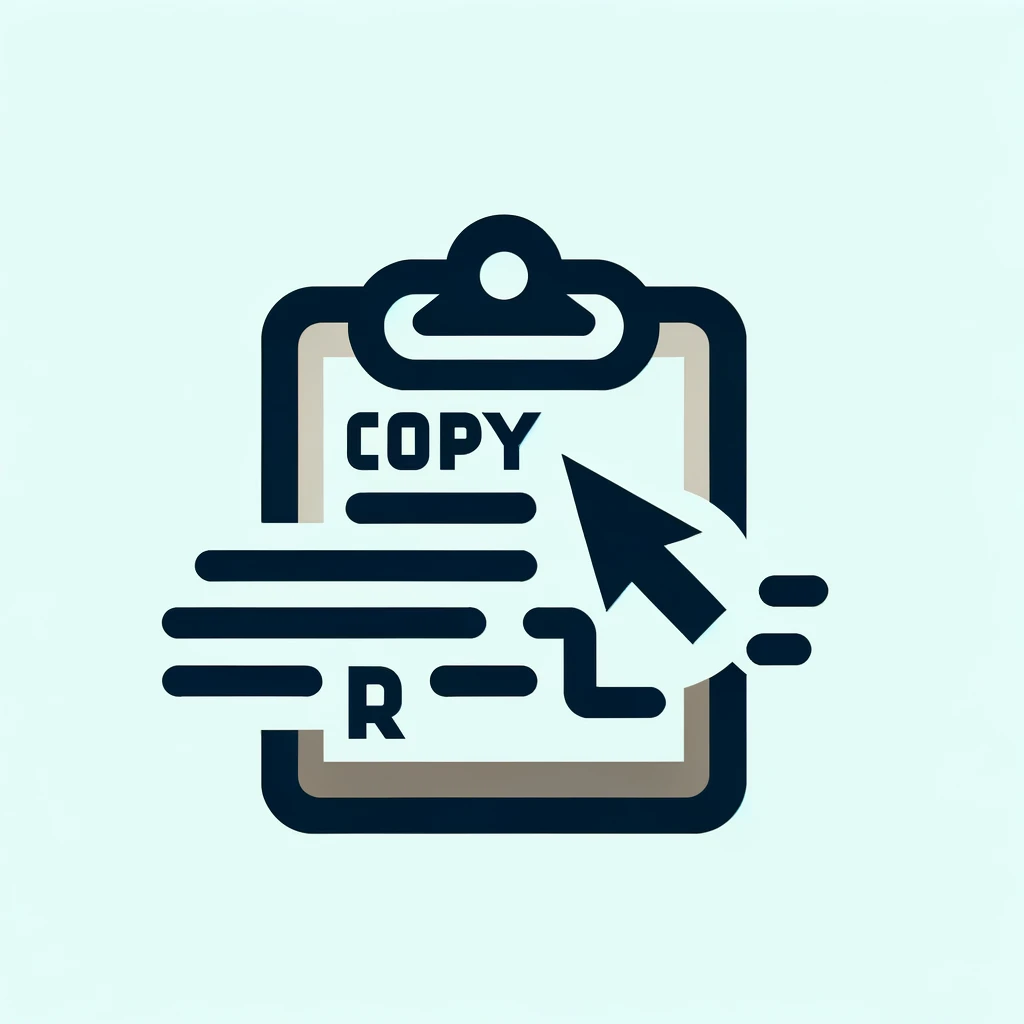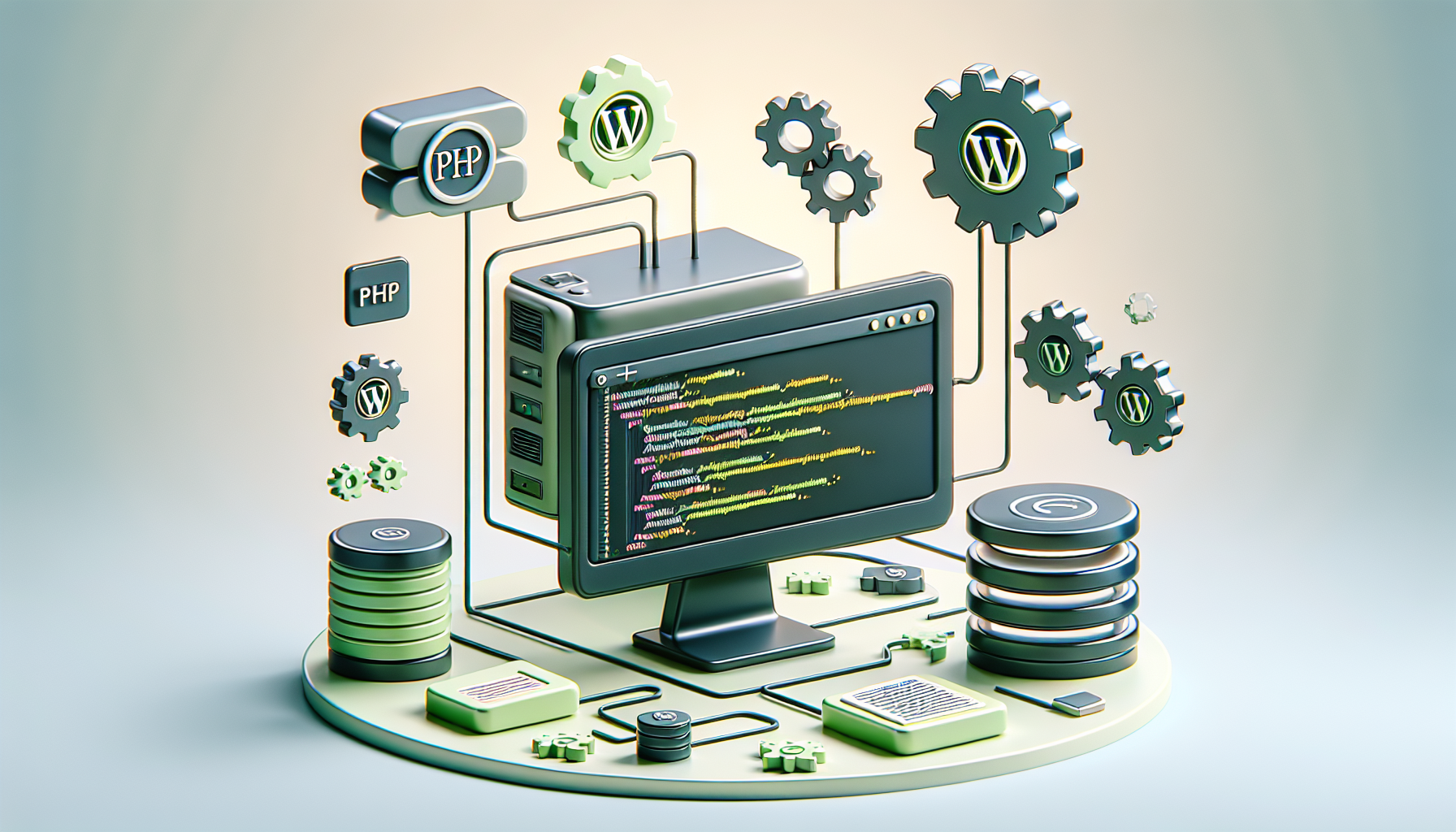Implementing PHP Error Logging in WordPress for Better Troubleshooting
Published February 22, 2024 at 6:37 pm

Understanding PHP Error Logging in WordPress
In WordPress, effective troubleshooting hinges on a clear view of what’s going wrong under the hood, which is precisely what PHP error logging offers.
TL;DR: Quick Guide to PHP Error Logging in WordPress
// Sample code to enable error logging in wp-config.php
define('WP_DEBUG', true);
define('WP_DEBUG_LOG', true);
define('WP_DEBUG_DISPLAY', false);
@ini_set('display_errors', 0);
By adding the above lines to your wp-config.php file, PHP errors will be logged to a debug.log file within the wp-content directory, without displaying them to users on your site.
Enabling PHP Error Logging in WordPress
When your WordPress site encounters issues, PHP error logging serves as your first line of diagnosis.
To activate PHP error logging, access your wp-config.php file and make some modifications.
// Insert these lines above the 'That's all, stop editing! Happy blogging.' comment
define('WP_DEBUG', true);
define('WP_DEBUG_LOG', true);
Ensure ‘WP_DEBUG’ is set to true and ‘WP_DEBUG_LOG’ is also enabled.
Accessing the PHP Error Log
After enabling PHP error logging, all errors are recorded in a file named debug.log.
This file is located in the /wp-content/ directory and can be accessed via FTP, cPanel, or a WordPress file management plugin.
Understanding the PHP Error Log Contents
The debug.log file contains detailed error messages, including the file path and line number where the error occurred.
Understanding these error messages can guide you towards resolving the underlying issue.
Dealing with Common PHP Errors in WordPress
Common WordPress PHP errors include the white screen of death, plugin conflicts, and database connection errors.
Each error type offers unique challenges and logging provides clues for steps towards resolution.
Error Logging Plugins for WordPress
In case manual error logging setup is daunting, several plugins make this process user-friendly, such as WP Debugging and Query Monitor.
They provide interfaces for error monitoring and additional diagnostic tools.
Advanced PHP Error Logging Techniques
For more control, WordPress developers can write custom error handlers or utilize the PHP function set_error_handler().
These techniques require a deeper understanding of PHP and WordPress core.
Security Considerations for PHP Error Logging
While error logs are invaluable, they can also be a security risk if not properly managed.
Ensure access to your debug.log file is restricted and routinely check and clear log contents.
Performance Impacts of PHP Error Logging
Although minimal, PHP error logging can affect site performance due to the extra processing required to record errors.
This impact is typically negligible but should be considered for high-traffic sites.
Cleaning Up After Troubleshooting
Once issues are resolved, it’s good practice to disable WP_DEBUG to prevent unnecessary strain on server resources and potential security issues.
Sometimes developers forget to revert their debug settings, which could lead to performance drawbacks and security vulnerabilities.
Best Practices for PHP Error Logging in WordPress
To optimize troubleshooting, log errors only on staging or development sites and keep a regular check on log files.
Automating log reviews and employing tools that provide notifications for critical issues can significantly streamline the error management process.
FAQs about PHP Error Logging in WordPress
Where can I find the wp-config.php file?
You can access this file via FTP or a file manager tool in your hosting control panel.
Is it safe to enable WP_DEBUG on a live site?
Generally, it’s not recommended as it may expose sensitive information. Use it on a staging or development site.
How do I turn off PHP error logging?
Set WP_DEBUG and WP_DEBUG_LOG to false in your wp-config.php file.
How often should I check my PHP error log?
Regularly review your logs, especially after installing new plugins or updates.
Can PHP error logging slow down my website?
While the performance impact is usually minor, error logging can add some load on your server. Monitoring and maintenance are key to offsetting this.
Interpreting and Responding to Common PHP Errors
Identifying an error is one thing, but understanding its cause is crucial to effective troubleshooting.
For instance, a ‘syntax error’ indicates a typo or mistake in your code, needing a straightforward fix.
Setting Up Email Notifications for PHP Errors
Staying informed about your site’s health can save you from prolonged downtime.
Plugins like Error Log Monitor can email you when a new error is logged.
Customizing Error Log Path in WordPress
Choosing an alternative location for your error log can enhance security and organization.
You can specify a different path by adding the following line to wp-config.php:
define('WP_DEBUG_LOG', '/path/to/your/debug.log');
Maintaining a Clean and Efficient PHP Error Log
A bit of maintenance goes a long way in keeping your error logs useful and manageable.
Regularly archiving or clearing the debug.log file ensures it remains relevant and does not grow oversized.
Integrating Error Logs with Development Workflows
By integrating error logs into your development process, you can preemptively fix errors before they hit the live site.
Strategic use of version control and staging environments, coupled with constant monitoring, will improve overall code quality and reduce the risk of errors on production sites.
WordPress Multisite and PHP Error Logging
Error handling in a multisite network requires extra attention due to the multiple domains and potential user roles involved.
Tailoring the logging process for a multisite setup may involve distinguishing logs for each site or setting up Super Admin notifications.
Conclusion: Implementing PHP Error Logging in WordPress for Better Troubleshooting
By following the guidelines and employing error handling smartly, you can ensure a more robust and secure WordPress site with smoother performance and a better user experience overall.
FAQs about PHP Error Logging in WordPress
What’s the best way to secure my PHP error log file?
Restrict access via .htaccess rules or move the log file outside the public html directory.
Can I log specific types of errors in WordPress?
Yes, you can use the error_reporting() function to define the level of reporting you need.
What about AJAX requests? How do I log errors from them?
AJAX errors are also logged in your debug.log if WP_DEBUG_LOG is enabled.
Is there a performance-friendly alternative to WP_DEBUG for live sites?
Consider using logging tools like New Relic for live sites, which minimizes performance impact.
How do I interpret ‘fatal error’ messages?
Fatal errors typically halt script execution, indicating a critical issue that requires immediate attention.
Can too many error log entries affect my server?
Yes, excessive logging can consume disk space and resources. Manage it with routine cleanups.
Shop more on Amazon


